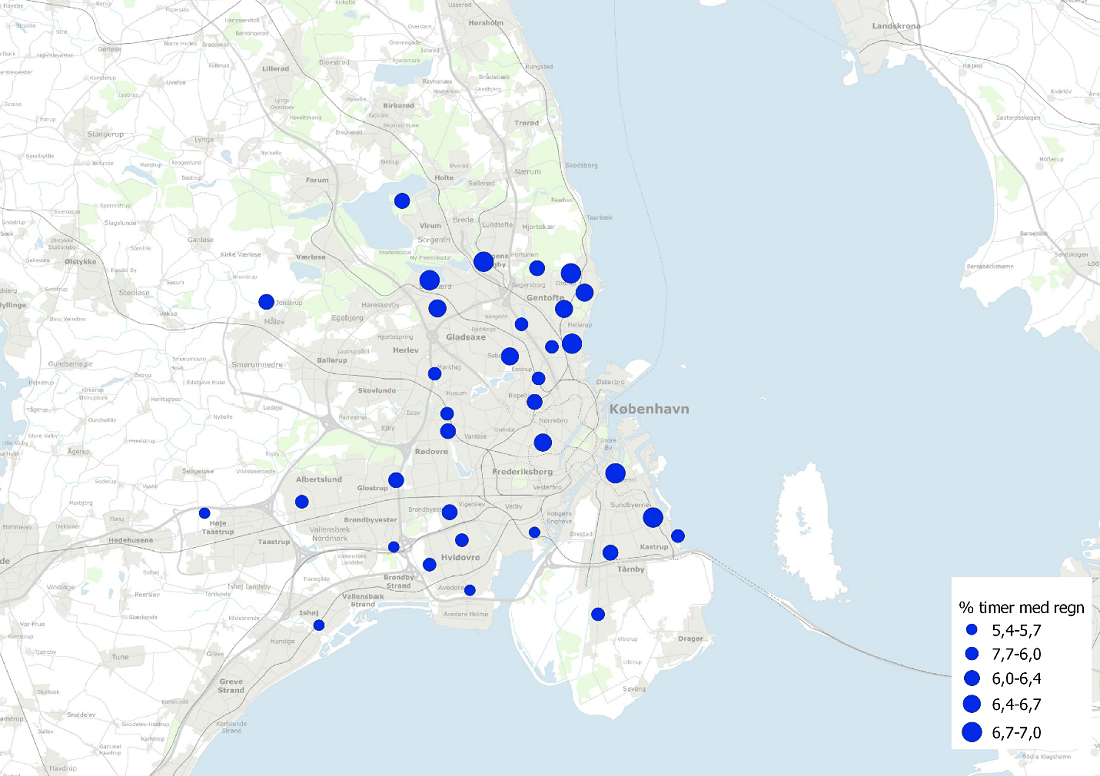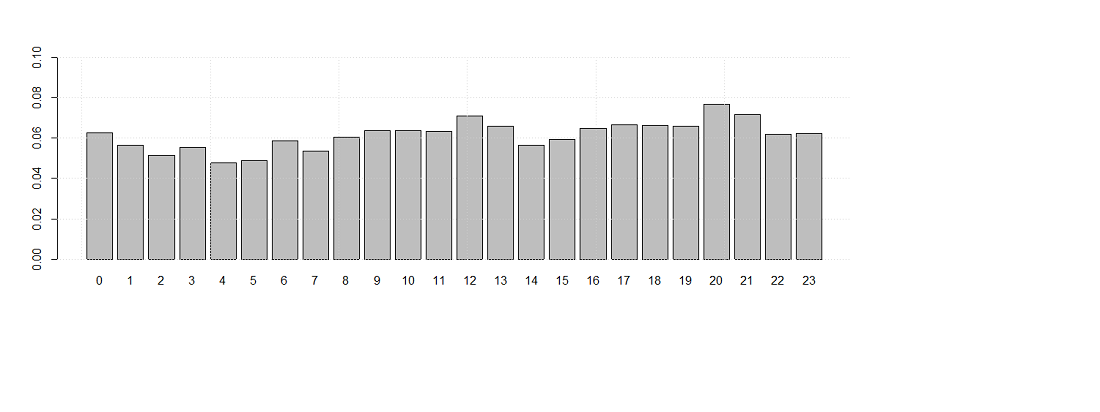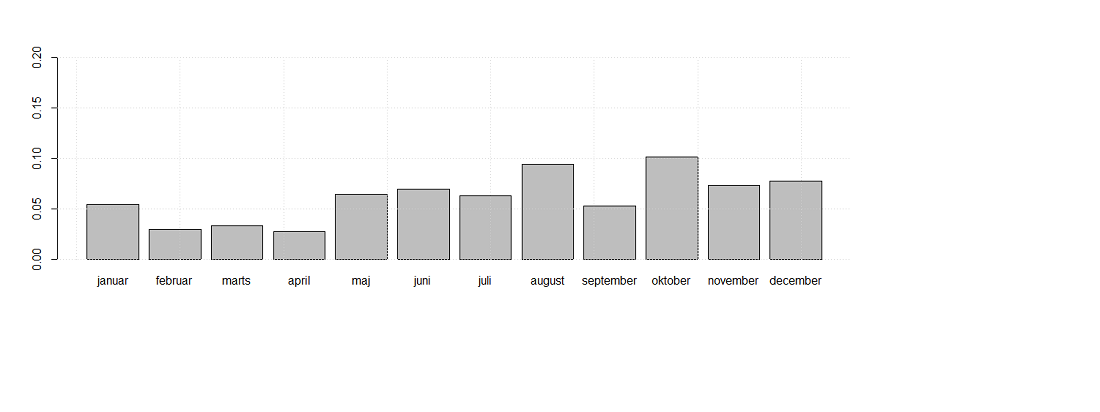You have a 25% greater risk of cycling in the rain if you live in Hellerup than if saddling up in Ishøj. Two researchers from the University of Copenhagen and DTU took a closer look at where and when it rains most in and around Copenhagen. Here's what they discovered.
Are you one of those people who thinks that it nearly always rains when you bike to work? If so, you're wrong. In fact, there is only a 6% risk of being rained on while peddling along on the Danish capital's bike paths and roadways. On average, Copenhagen is dry 94% of the time throughout the year. This is demonstrated by rain gauge data analysed by Associate Professor Ole Fryd of the University of Copenhagen and Associate Professor Roland Löwe of the Technical University of Denmark (DTU).
"It's not as bad as many might think. If you ride to work every day, statistically, you'll only ride in the rain once a month, while the rest of the time you will be riding in dry weather," says Ole Fryd.
However, where and when you pedal in the Capital Region of Denmark does matter.
"If riding in the rain isn't your thing, the worst you can do is to bike home from tennis in Gentofte at eight o'clock in the evening during October. Conversely, the best you can do is to ride down to catch an early morning sunrise at Køge Bay Beach Park in April," says Ole Fryd.
Fryd and Löwe analysed six years of rain gauge data from thirty-five official measuring stations in Greater Copenhagen. The data reveals significant statistical differences across the Capital Region.
"Our analysis shows that it is 25% more likely to rain on you in Hellerup and Gentofte than if you are located in the city's western suburbs of Ishøj or Høje Taastrup, for example," says Roland Löwe.

Get to work early and leave early
In addition to the geographical discrepancies across Greater Copenhagen, there are also significant variations during the day. According to Löwe:
"Postmen and trash collectors fare best. Indeed, you need to head out very early if you want to be relatively certain about getting to work with dry shoes. It's also better to show up at eight than nine, and to get off at three in the afternoon rather than four. Things are worst between eight and nine in the evening, when statistically the rainfall is greatest. This can be very lucky for families with young children, who can cuddle their little ones to the soothing sound of rain drops."

Looking at how rain is distributed throughout the year, October is the worst month for cycling:
"We often experience that riding a bicycle in autumn can be annoying. And there's something to it. In fact, there is four times greater the risk of getting wet during peak hours in October than in April, the respective months with the highest and lowest probabilities of cycling during a rain shower. This probably explains why autumn makes us a bit cranky," says Ole Fryd.
The researchers point out that this is not an actual research project, but a relatively quick analysis that they performed 'for fun'.
"I am often asked by students about the actual frequency of rain in Denmark. One can find figures for how heavy it rains, but for ordinary people, there is no readily available knowledge about the frequency. Therefore, Roland and I sat down together and began calculating it during a bus ride home from a workshop in Jutland," says Ole Fryd.
Roland Löwe adds:
"This was mainly for fun, and it is clear that a more thorough analysis can be conducted which extends over a greater number of years and is perhaps even more accurate. But it is a good rough estimate of what the overall rainfall patterns in the Capital Region of Denmark look like," concludes Roland Löwe.

FACTS
Roland Löwe and Ole Fryd analysed observations from 35 measuring stations in and around Copenhagen for a six year period. The stations are operated under the auspices of the Wastewater Committee's (SVK) rain gauge network (https://spildevandskomiteen.dk/organisation/regnmaalersystemet).
Ole Fryd is an urban planner, PhD and associate professor at the University of Copenhagen's Department of Geosciences and Natural Resource Management. Roland Löwe is a hydrologist, PhD and associate professor at the Department of Environmental and Resource Technology at the Technical University of Denmark (DTU).






